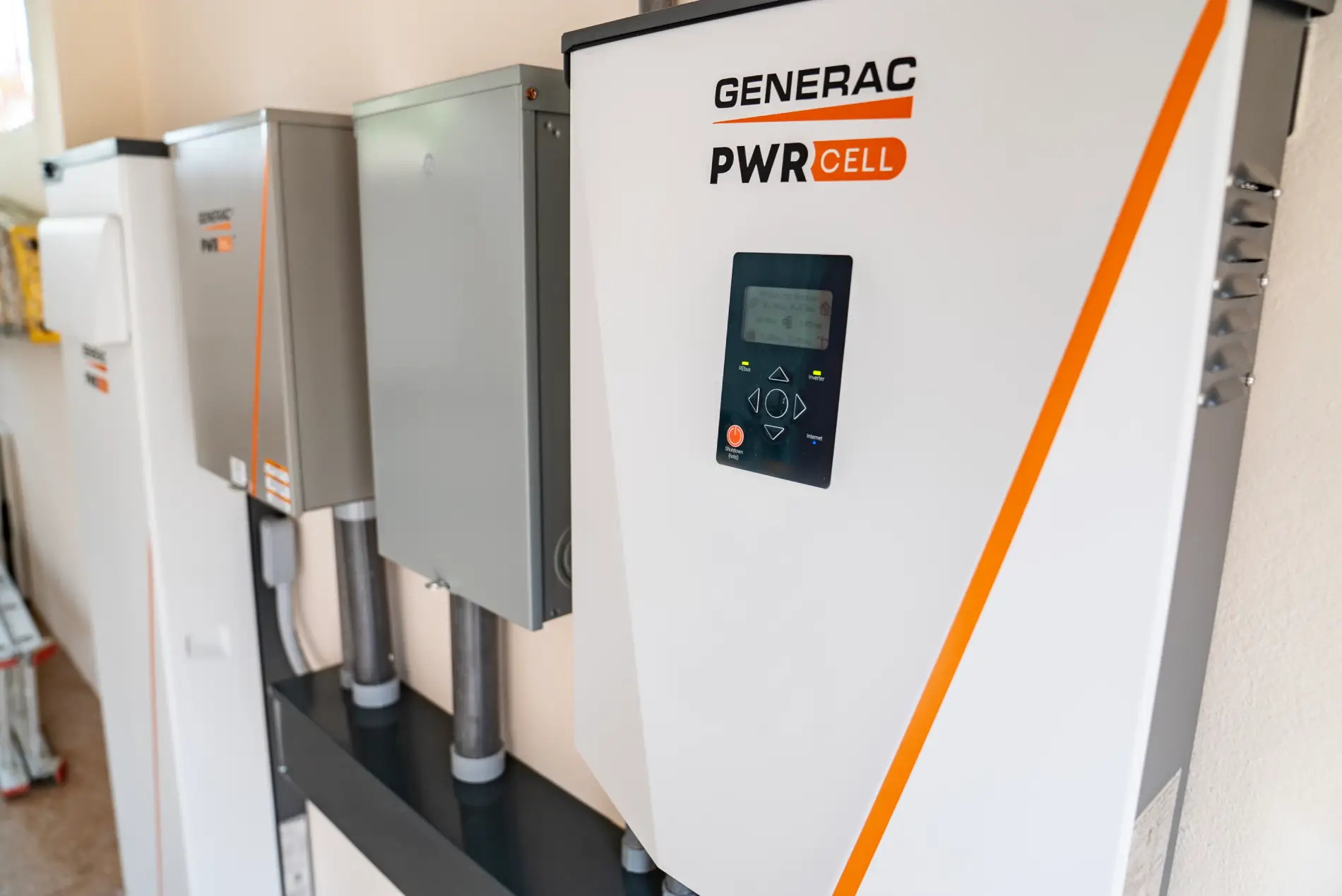There is a ubiquitous misconception regarding solar energy in the Pacific Northwest – it is not effective because of our reputation for cloudy weather…this could not be further from the truth. When we examine the actual data, we find the myth unravels. This map shows the estimated monthly peak sun hours across the United States and you can see that Washington State enjoys 135 peak sun hours per month on average and in the same range as several other states where solar energy is widely adopted and considered very effective.
Washington State’s 135 peak sun hours per month is on par with states like New Jersey, Massachusetts, and Michigan, all of which have robust solar industries. For example, Massachusetts has been a leader in solar energy, with significant installations across the state, despite having the same peak sun hours as Washington. Similarly, New Jersey has a strong solar market, further demonstrating that solar energy can thrive in regions with comparable sunlight to Washington.

Good to Know…
Where would you expect to find one of the largest solar power plants in the world? California? Australia? Surprisingly, it’s in Germany, a country that receives only 100-120 solar peak hours per month. The Witznitz Solar Farm near Leipzig, with a capacity of 605 megawatts (MW), powers approximately 200,000 households. This achievement shows that solar energy can thrive even in regions with moderate sunlight, offering a compelling example for other areas with similar climates Electric.
When comparing solar peak hours, Germany receives around 100-120 peak sun hours per month, depending on the region. In contrast, Washington State enjoys approximately 135 peak sun hours per month. This data shows that Washington actually has more potential for solar energy than Germany, a country that has successfully leveraged solar power to become one of the leading producers of solar energy worldwide https://www.nrel.gov/.
The Benefits of Washington’s Cooler Climate
One might assume that more sunlight automatically translates to better solar efficiency, but this isn’t always the case. Solar panels operate more efficiently at cooler temperatures, which is why Washington’s mild climate can be advantageous for solar energy production. In hotter states like Arizona or Texas, the efficiency of solar panels decreases during peak summer months due to extreme heat, which can cause energy losses. Washington’s temperate climate allows solar panels to operate closer to their optimal efficiency throughout the year Energy Saving Pros.
Going Solar Can Save a Ton of Money
With Washington State enjoying approximately 135 solar peak hours per month, solar energy is a highly effective solution for reducing utility bills and alleviating pressure on our fragile grid. By harnessing this renewable energy, homeowners can significantly cut their energy costs while contributing to a more resilient and sustainable power system. Over the lifetime of a solar panel system, Washington homeowners can save tens and tens of thousands of dollars, making it a financially sound investment in addition to its environmental benefit www.solarunitedneighbors.org.
Supporting Policies and Incentives
In addition to its favorable climate, the Pacific Northwest benefits from strong policy support and incentives for solar energy. Puget Sound Energy (PSE) and other utilities offer net metering programs, which allow homeowners to sell excess energy back to the grid, offsetting their energy costs.
The state of Washington also offers incentives like the sales tax exemption for solar energy systems and the federal Investment Tax Credit, which provides a 30% credit for clean energy installations. These programs significantly enhance the financial viability of solar power, making it an attractive investment even in a region with less sun than southern states Residential Clean Energy Credit.
Economic and Environmental Benefits
The economic benefits of solar power in the Pacific Northwest are compelling. As energy prices continue to rise, solar panels offer a way to reduce electricity bills and gain energy independence. Additionally, using solar power aligns with the region’s environmental values, reducing the carbon footprint of homes and businesses while supporting broader efforts to combat climate change. By generating clean energy, homeowners and businesses in the PNW can contribute to reducing reliance on non-renewable energy sources and help protect the region’s natural beauty.
Conclusion: Washington State is Ideal for Solar
The data clearly shows that Washington State’s solar potential is comparable to many other states where solar is thriving. The myth that solar isn’t suitable for the Pacific Northwest is not supported by the facts. With 135 peak sun hours per month, Washington is well-positioned to benefit from solar energy, and the state’s mild climate further enhances the efficiency of solar installations. Homeowners and businesses in Washington should feel confident in the viability of solar energy as a sustainable and cost-effective solution.

